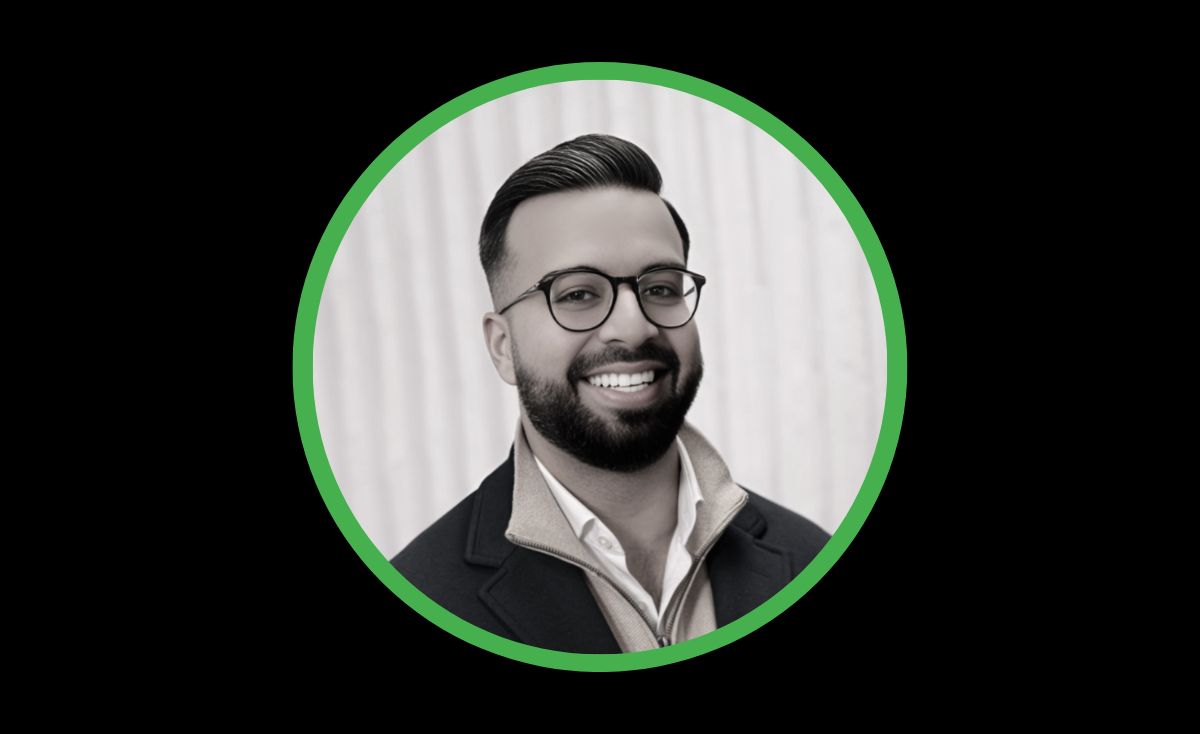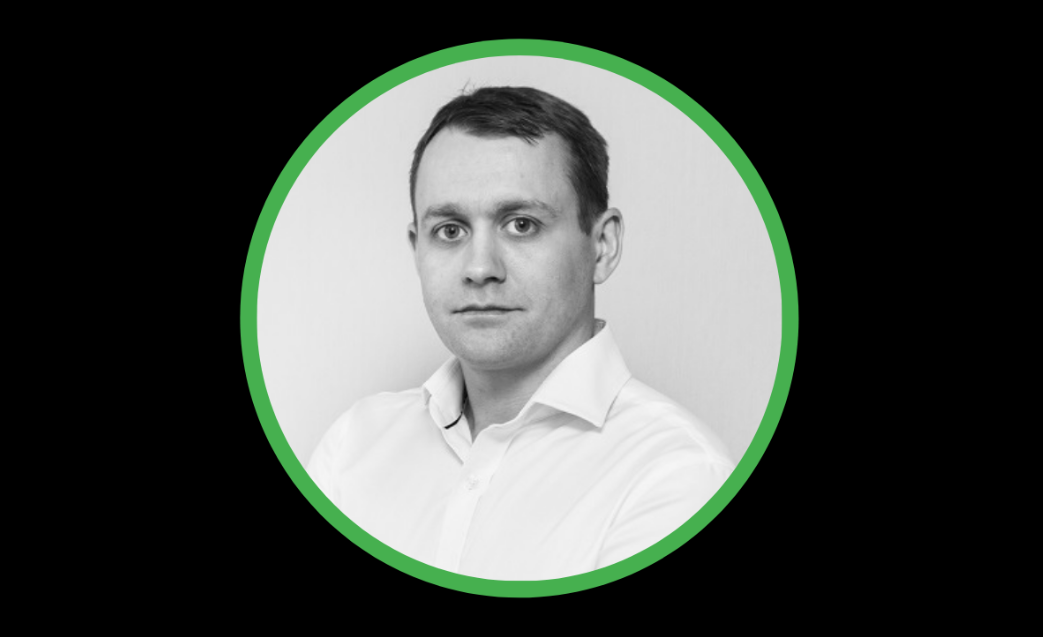How to link transformation with target operating model aims
Sahem Gulati, Head of Strategy & Consulting at M&G plc, shares his thoughts on why this is such a hot topic, things to consider when designing an operating model, and how to deliver on your transformation agenda.
Andrew Putwain POSTED ON 1/2/2024 8:00:00 AM
 Sahem Gulati, Head of Strategy & Consulting at M&G plc.
Sahem Gulati, Head of Strategy & Consulting at M&G plc.
Andrew Putwain: Why is technology and transformation such a priority across the industry?
Sahem Gulati: This topic is front and centre now and features high on many organisations’ agendas. If you look at the evolution of the industry historically, there's been a lot of innovation on the public side where we now see a much more mature operating model. However, there has been a shift on the private markets side due to four key drivers.
In recent times, the availability of technology solutions has multiplied, and there's been a number of new entrants and smaller fintechs that are disrupting the space, as well as some of the larger, more established players developing new solutions to support private asset managers. Things like Artificial Intelligence (AI) are coming in, too, which could play an important part in the future of the industry.
"Every stakeholder is thirstier for data; they want more of it and they want it quicker. A great example of this is the sustainability regulations such as SFDR."
There has also been increased focus from institutional investors and Limited Partners (LPs). In the past, due diligence was heavily weighted towards investment performance, however, operational due diligence, such as controls and procedures, is now getting more scrutinised as part of the overall diligence process.
Another factor is cost pressures, which has been intensified in the current macro environment. There is increased pressures from LPs to get value for money, combined with more choice in the market than ever before, which is further driving competitive fees. To be able to maintain profitability, organisations have to be able to scale efficiently and not just add headcount all the time, which is costly. That's where technology comes into play.
The fourth key factor is the increased demand for data. Every stakeholder is thirstier for data; they want more of it and they want it quicker. A great example of this is the sustainability regulations such as the Sustainable Finance Disclosures Regulation (SFDR). But it’s not just the regulator, Investors and LPs want access to richer data, too. They want to be able to analyse it, slice and dice it, and they want it in real-time, not quarterly like how it has traditionally been delivered.
These factors mean that technology must be front and centre to enable these changes.
Andrew: Why is designing operating models so important?
Sahem: The operating model acts as an enabler of strategy. If I use the analogy of a ship, the captain (or the CEO) sets the direction (the strategy); the operating model is the engine room that will enable you to get there. It's critical to the way your business functions.
"Being clear on your strategy first and then designing the operating model to follow is important."
The starting point is having a clear and well-defined strategy that is understandable to all parts of the organisation. Your strategy can have a number of implications on the operating model design: for example, are you single strategy versus multi strategy? Are you focused on one particular market versus global coverage, or do you want to be sustainability-focused?
These are just some factors that would influence the way you shape up your operating model – but being clear on your strategy first and then designing the operating model to follow is important.
The corresponding transformation agenda must also then align with your operating model. Organisations must make prioritisation decisions and determine what projects should be front-run to deliver the greatest value in the shortest time. This will help build momentum for the transformation agenda through buy-in from stakeholders. A good starting point is having a clear strategy and approach to data, as that is generally the critical path for most projects and system implementations.
Andrew: What are the different operating model challenges in private versus public markets?
Sahem: Inherently, the operating model on the private side is more complex than the public. This is where a lot of organisations are lagging, particularly multi-asset managers that have traditionally been focused on the public side but have seen increased demand and opportunities on the private side.
Clearly, managing private assets is more complex. There are more nuances between the strategies – for example, private equity versus real estate – regarding how you manage your investments.
Also, private markets data isn't as readily available as it is on the public side. So, it’s challenging to source, quality assure, surface, and use it in the right places.
On the public side, you have established technology platforms leading the space, but there's yet to be that shift on the private side, meaning a fragmented market which is difficult to navigate.
Most organisations are operating a best-of-breed model rather than looking at an enterprise end-to-end solution.
Andrew: How do you determine which vendors and service providers to partner with?
Sahem: It depends on your design principles, but for me simplification is important. Private markets is already complex, so designing a complicated operating model and having a fragmented landscape of suppliers to deal with will only make it more difficult to manage.
Avoiding numerous partners and having consolidation where possible is helpful, but it’s not always easy given the maturity of the market.
"Ask for client references and ask them difficult questions. Don't jump into any partnership without doing your diligence."
Forming strategic partnerships across broader portions of the value chain with a supplier will help with the simplification aspiration. One shift I'm seeing in the market is that traditional fund administrators who have been focused on back-office fund accounting are starting to eat into further parts of the value chain and offer a broader range of services.
They're becoming far more sophisticated with their technology offerings, too. A great example of this is allowing managers to decommission some of their systems and using the service provider’s instance.
As we see this shift, it's important to do your homework and go through proof of concepts to prove the thesis. Ask for client references and ask them difficult questions. Don't jump into any partnership without doing your diligence.
Andrew: Do you feel that a “not too many, not too few,” approach to vendors is the sweet spot – where you have access to backups and a difference of opinion, but don’t have too many partners to keep track of? Or should you use as few as possible and have larger quantities of tasks being done by one vendor?
Sahem: My view is that simplification is important, but you have to strike a balance with capability.
I wouldn't sacrifice too much capability in the search for simplification. I don't think there's a numerical answer personally; it depends on how complex your business is. If you’re a single strategy manager, it's far easier to achieve simplification and maintain capability in terms of your supplier landscape.
But if you're offering different strategies and private plus public markets, then it's difficult to achieve simplification compared to a single strategy house. It depends on what the business is; strategic partnerships are important where possible, but you shouldn’t sacrifice too much on capability because you need to maintain quality at the end of the day.
In the supplier landscape, we’re seeing a shift to consolidation with increased M&A activity.
This is a trend that will continue over the next few years, making it easier to form strategic partnerships.
Andrew: How do you ensure successful transformation and delivery?
Sahem: It's about building the right culture and mindset. That has to be your starting point.
It’s not easy to do and you have to bring people along the journey and sell them the benefits early on. They need to buy into what you’re trying to achieve with your transformation agenda – only then can you achieve success. Otherwise, you can spend a lot of time planning and resourcing up, but if you don’t have the right culture to start with, then you're setting yourself up for failure.
"It’s also important to have clear accountability through well-defined roles and responsibilities – who is responsible for delivering what and by when."
One way to build that momentum across the organisation is delivering quick wins: getting them upfront and showing value. This will significantly help build the buy-in you need for long-term success.
An example of where I’ve seen it done badly in the past, are data platform projects that run for years without delivering any meaningful business outcomes. These projects act as ‘money-pit’ often leaving organisations scarred in conducting large-scale transformations.
It’s also important to have clear accountability through well-defined roles and responsibilities – who is responsible for delivering what and by when. One role which is often underestimated is the role of the sponsor. A good sponsor is critical to the success of a project, they ensure effective and timely decision making supporting the right business outcomes.
Sahem Gulati will be speaking at Private Markets Investor | Europe 2024 in London on 21 March 2024. For more information on how to attend and the full agenda, please click here.
Disclaimer: This interview is based on the individual’s personal views or opinions and does not represent those of people, institutions or organisations that the individual may or may not be associated with unless explicitly stated.
Please Sign In or Register to leave a Comment.
SUBSCRIBE
Get the recent popular stories straight into your inbox




